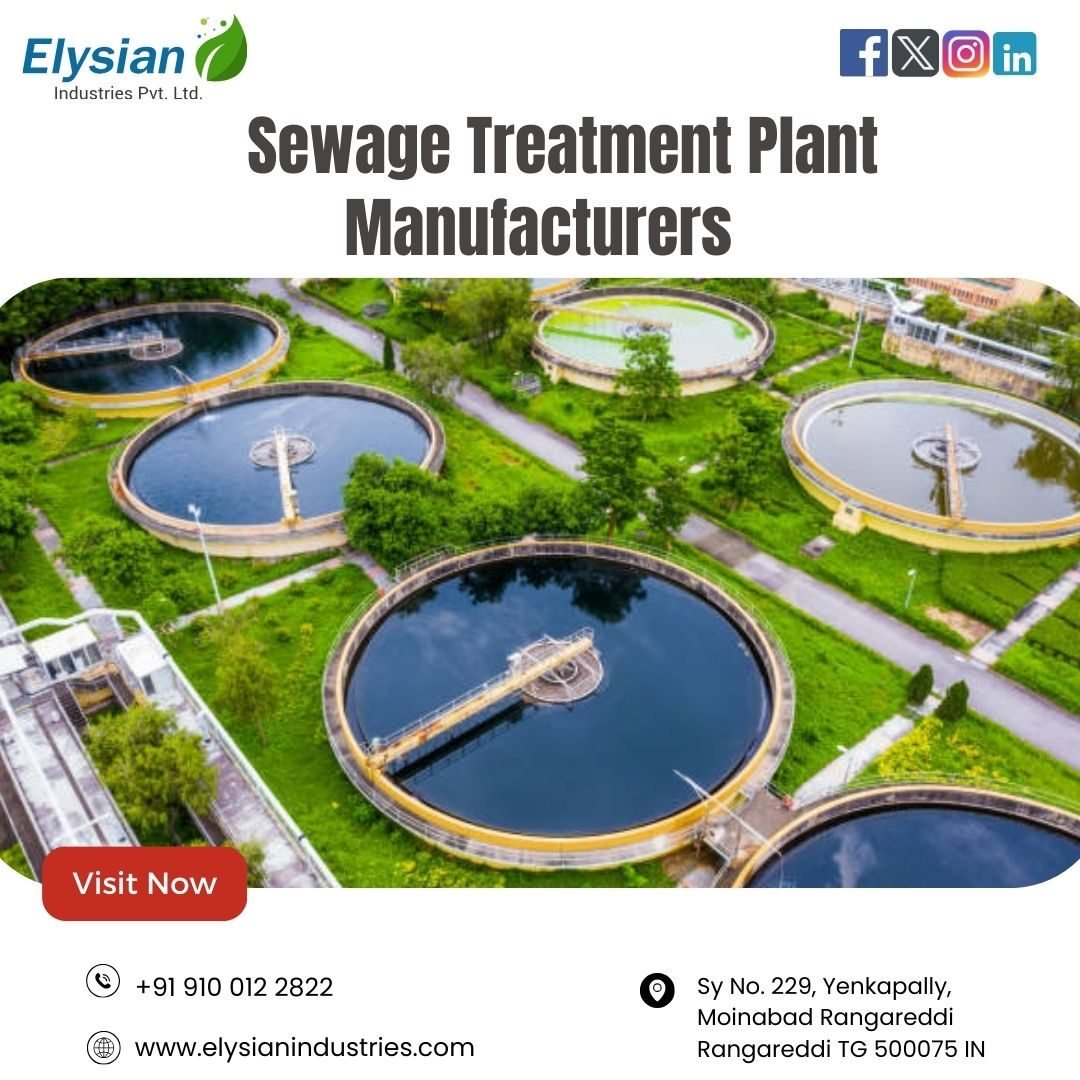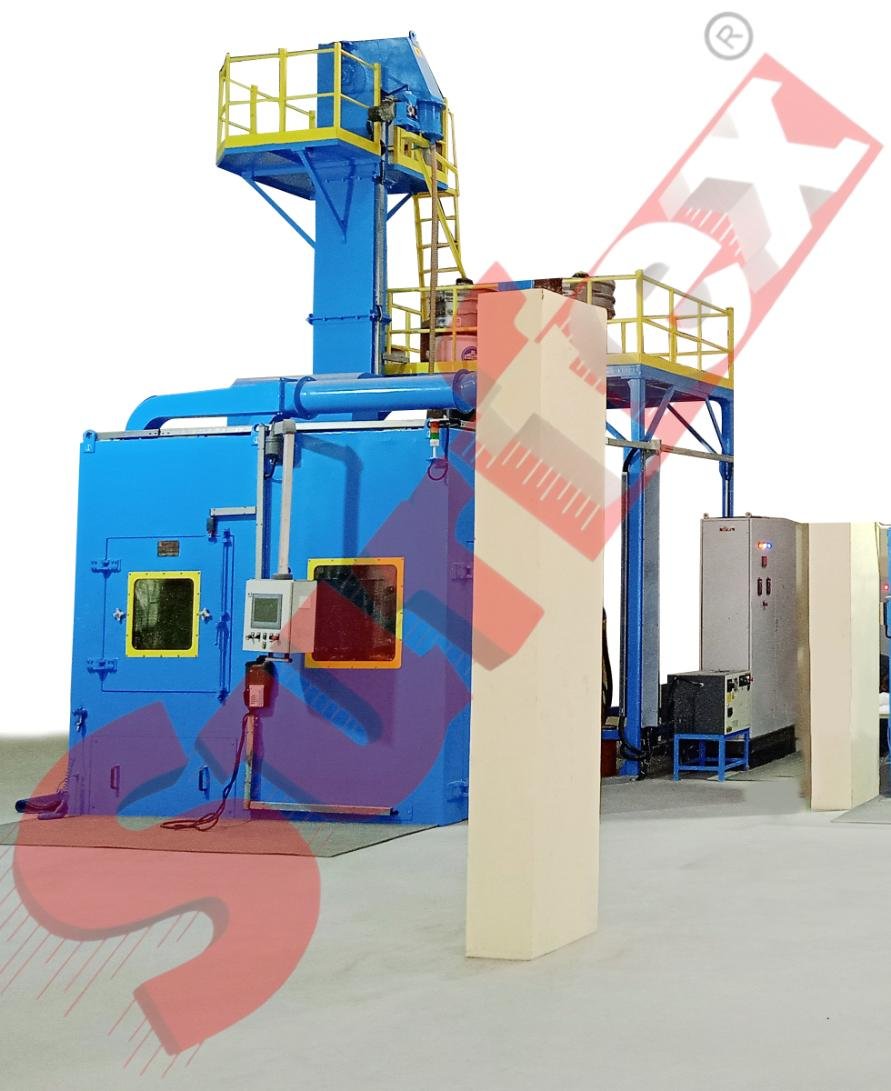Water pollution is a significant environmental challenge that affects both urban and rural communities. One of the most effective ways to address this issue is through Sewage Treatment Plants (STPs). These plants play a crucial role in treating wastewater, preventing pollution, and ensuring a sustainable water supply. In this article, we will explore the importance of sewage treatment plants, their working process, and the benefits they offer to the environment and society.
Understanding Sewage Treatment Plants
A Sewage Treatment Plant (STP) is a facility that removes contaminants from wastewater, making it safe to be discharged into natural water bodies or reused. These plants are essential in urban areas, industries, and residential communities to ensure proper waste disposal and prevent the spread of diseases caused by untreated sewage.
STPs utilize physical, biological, and chemical processes to remove pollutants, organic matter, and harmful microorganisms from sewage. This ensures that the treated water meets environmental standards before being released into rivers, lakes, or reused for irrigation and industrial purposes.
How Sewage Treatment Plants Work
1. Preliminary Treatment
- This is the first stage where large debris, solid waste, and sand particles are removed from the sewage.
- Screens and grit chambers help filter out unwanted materials like plastics, leaves, and stones.
2. Primary Treatment
- In this stage, sewage is stored in large tanks where solid waste settles at the bottom as sludge, and lighter substances like oil and grease float to the top.
- The settled sludge is separated and sent for further treatment.
3. Secondary Treatment
- This process involves biological treatment where microorganisms break down organic matter.
- Aeration tanks introduce oxygen to promote bacterial activity, which helps decompose organic pollutants.
- The treated water is then sent for further purification.
4. Tertiary Treatment
- This is an advanced stage where chemical treatments, filtration, and disinfection are used to remove any remaining impurities, pathogens, and nutrients.
- Chlorination, UV treatment, or membrane filtration is applied to make the water safe for discharge or reuse.
Benefits of Sewage Treatment Plants
1. Reduces Water Pollution
By treating wastewater before releasing it into natural water bodies, STPs prevent harmful chemicals, bacteria, and waste materials from polluting rivers and lakes. This ensures cleaner water sources for human and animal use.
2. Promotes Water Recycling
Treated water can be reused for irrigation, industrial cooling, and landscaping, reducing the pressure on freshwater sources. This is particularly useful in areas facing water scarcity.
3. Prevents Health Hazards
Untreated sewage can lead to the spread of waterborne diseases such as cholera, dysentery, and typhoid. STPs help eliminate disease-causing microorganisms, ensuring safer water for communities.
4. Supports Sustainable Development
With increasing urbanization, proper wastewater management is essential for sustainable development. STPs contribute to better sanitation, environmental protection, and efficient use of water resources.
5. Helps Meet Environmental Regulations
Governments and environmental authorities have strict regulations regarding wastewater discharge. Proper sewage treatment ensures compliance with legal standards, avoiding penalties and environmental damage.
6. Reduces the Carbon Footprint
Modern STPs use energy-efficient technologies, including biogas generation from sludge. This helps lower carbon emissions and contributes to a cleaner environment.
Challenges in Sewage Treatment
Despite their advantages, sewage treatment plants face several challenges:
- High Installation and Maintenance Costs: Setting up and maintaining an STP requires significant investment.
- Energy Consumption: Some treatment methods consume a lot of energy, increasing operational costs.
- Public Awareness: Many communities do not understand the importance of wastewater treatment, leading to improper sewage disposal.
However, advancements in technology and increasing government support are helping to overcome these challenges.
Conclusion
Sewage Treatment Plants are essential for maintaining water quality and reducing pollution. By efficiently treating wastewater, these plants protect the environment, support public health, and promote water conservation. As the demand for sustainable wastewater management solutions grows, Sewage Treatment Plant Manufacturers in Hyderabad, like Elysian Industries, are playing a crucial role in providing innovative and efficient STP solutions. Investing in high-quality STPs is a step toward a cleaner, healthier, and more sustainable future.







































































































































































































































































































































































































































































































































































































































































































































































































































































































































































































































